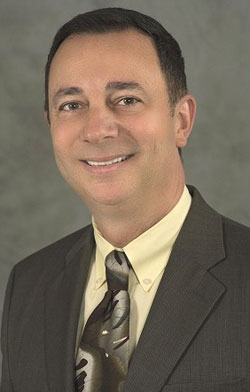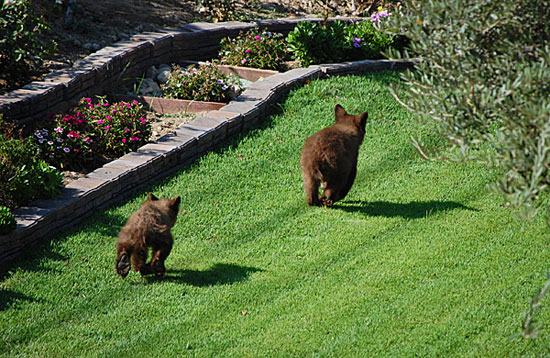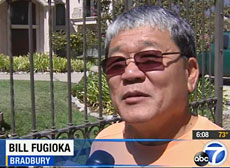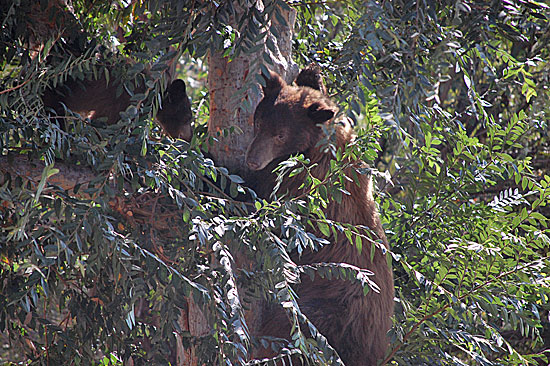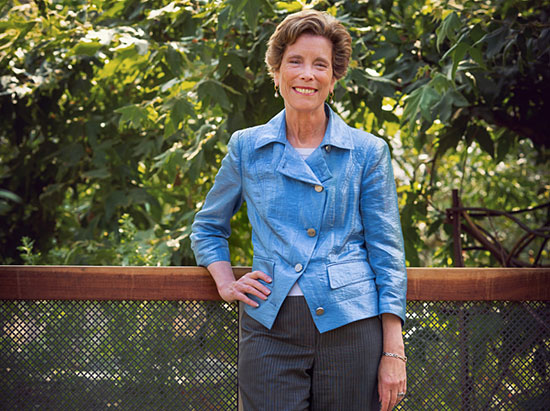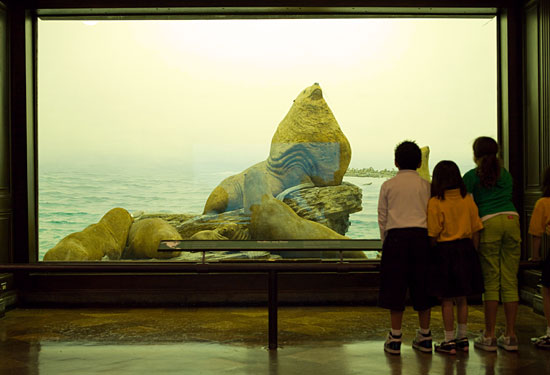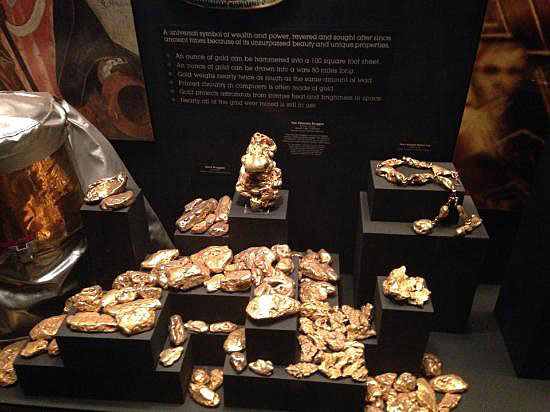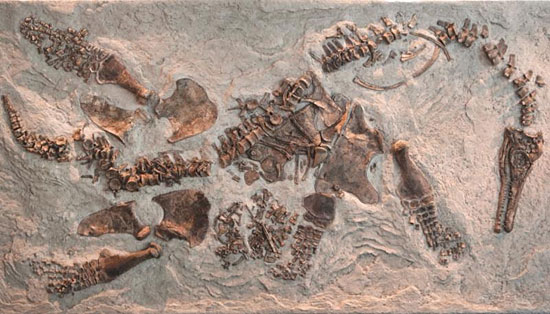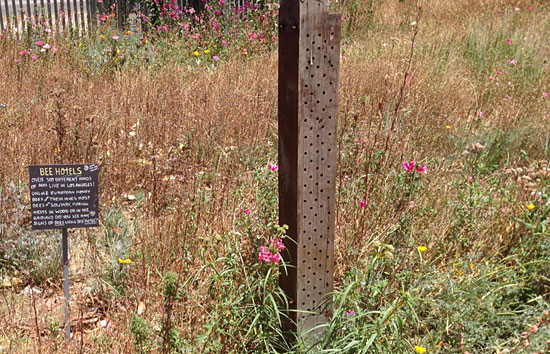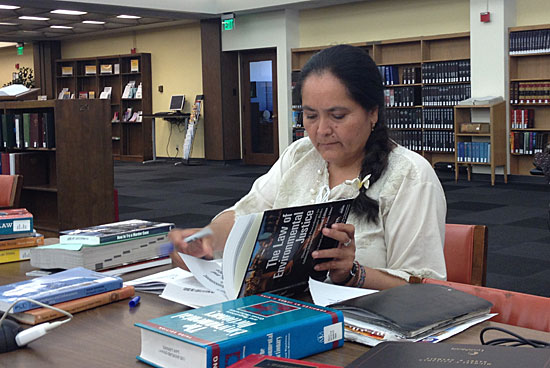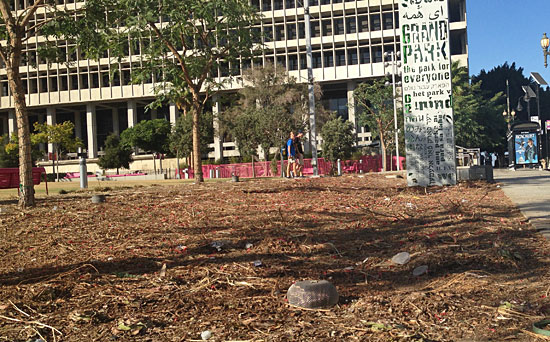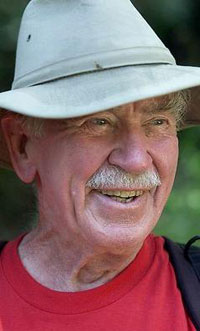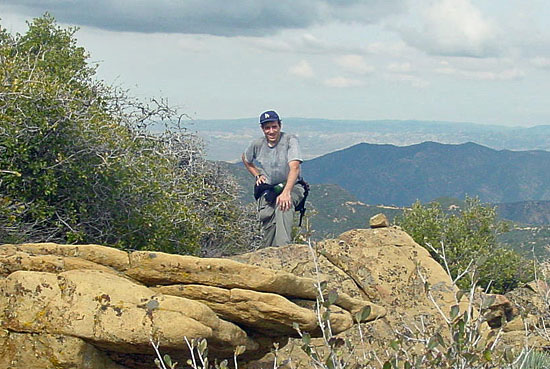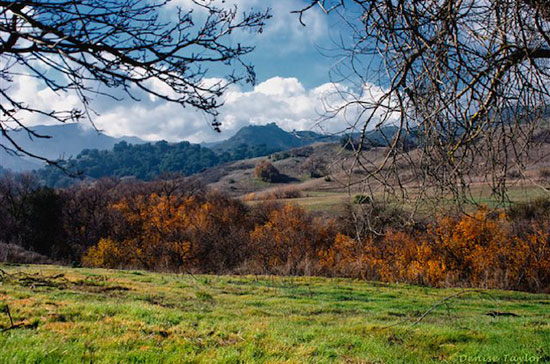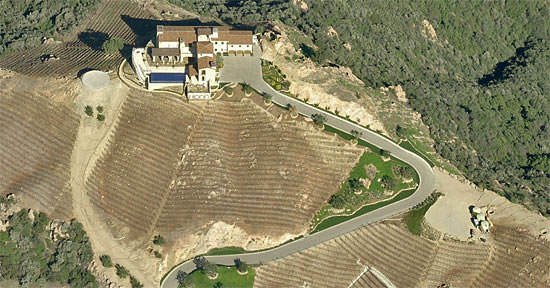New counsel has taxing background
After his appointment this week as Los Angeles County Counsel, Mark Saladino braced for the lawyer jokes. He knows only too well the consequences of assuming a less-than-crowd-pleasing job title after serving for 16 years as the county’s Treasurer and Tax Collector.
“The worst reaction I ever had was a gentleman telling me, ‘You’re the tax collector? In the Bible, you’re lower than prostitutes,’” Saladino, 56, said with a laugh.
Despite its perceived notoriety, Saladino is excited about becoming the County Counsel and taking over a public law office that has had three “permanent” and two “interim” leaders just in the last five years because of back-to-back retirements.
The Board of Supervisors approved his appointment Tuesday and will administer his oath of office on October 15. Saladino will supervise a staff of about 600 — half of them lawyers — and receive an annual salary of $288,915.
“I think one of the biggest challenges facing the Office of County Counsel is management,” Saladino said in an interview Tuesday. “One of my distinguishing characteristics is that I’ve been a department head for 16 years so I’m familiar with all the administrative functions of county departments, and most lawyers don’t get that kind of background.”
During his tenure at the Office of the Treasurer and Tax Collector, Saladino made operations more efficient by providing taxpayers with online payment options and by automating various processes.
“Our department suffered significant budget cuts during the recession, and the only way we could keep up with our increasing workload was to do more with fewer people,” he said.
“It used to be that during tax time, we would hire more than a dozen people just to open envelopes and process checks, and then we had armored cars take those checks to the bank,” he added. “Now, the mail is opened by machines and checks are deposited electronically, which is faster and safer.”
Saladino also took credit for helping to boost the county’s credit rating in the midst of the recession, when several jurisdictions nationwide went bankrupt.
“Our board and CEO exercised the budget discipline necessary during that very difficult time,” he said. “My role was to make sure that our investments were sound.”
Saladino holds a Bachelor of Science degree in Finance with High Honors from the University of Illinois, and a Juris Doctor degree from New York University. What he doesn’t have is recent legal experience.
Throughout the 80’s and much of the 90’s, Saladino worked as an attorney for Hawkins, Delafield & Wood in New York City; Jones Day, Reavis & Pogue in Los Angeles; and the Office of County Counsel — the same one he’ll now oversee.
But he hasn’t practiced law since becoming Treasurer and Tax Collector in 1998. According to the State Bar of California, Saladino returned to active status only this June.
Still, once a lawyer, always a lawyer.
“You don’t forget it,” Saladino said. “You don’t cease being a lawyer simply because you’re not actively practicing. I don’t think it’ll be a very big challenge to get back up to speed.”
As County Counsel, he will be responsible for providing legal advice to the board and for managing an office that serve as in-house counsel for the county’s many departments and agencies.
His lawyers could be called upon for a wide variety of duties, everything from defending Sheriff’s Department deputies accused of abuse to helping the Department of Health Services implement the Affordable Care Act.
Saladino believes helping to establish the Office of Child Protection—and figuring out how to keep the mentally ill out of jail and on a path to recovery—will be among his most important tasks.
“The District Attorney has a new initiative to divert mentally ill inmates away from incarceration into treatment and getting that right is going to be extremely important,” Saladino said. “I think the County Counsel will have a very important role to play in that process.”
Saladino, whose father and sister are both attorneys, said he’s looking forward to practicing law again. Returning to the Office of the County Counsel, he said, is like “going back home.”
Posted 9/26/14

